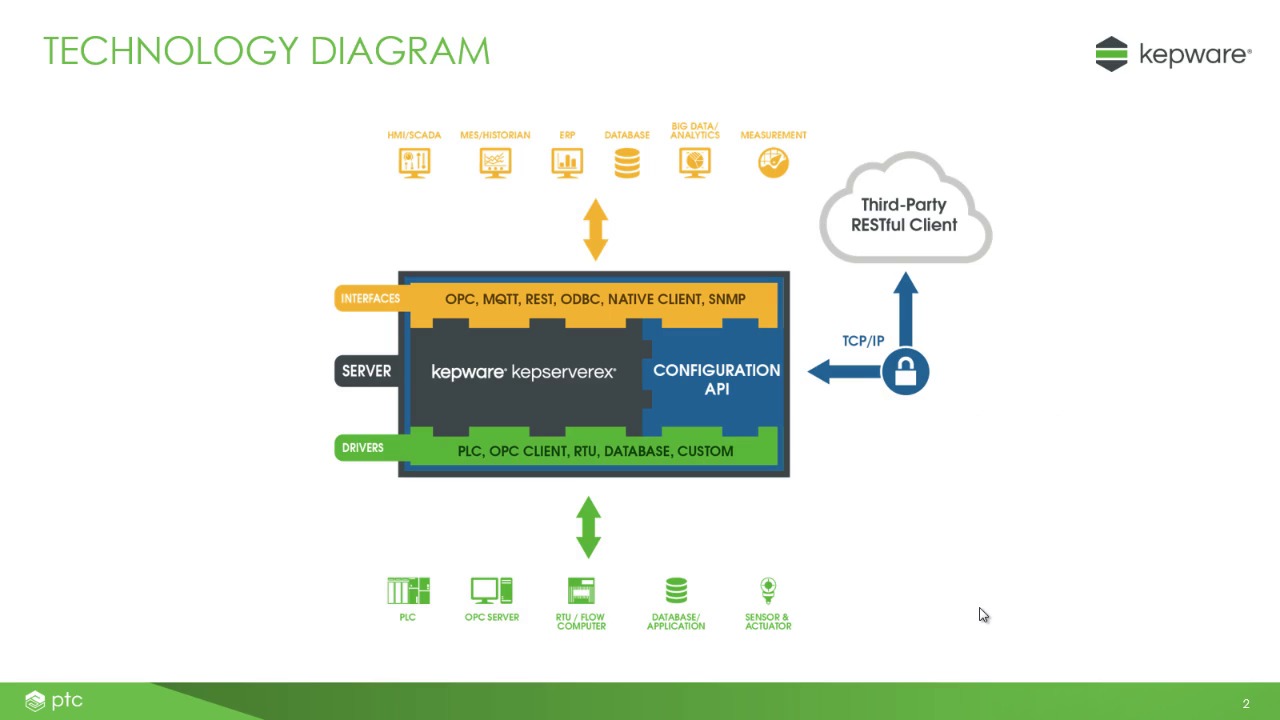
Technical information about the technology of the website Cms-Software:ġ. Ptc.com (particularly well-known), (little known)Ĩ0% of the websites are english, 13% of the websites are chinese, 7% of the websites are french Information about the server of the website IP address: The visitors are redirected to the homepage of the website "/en-us/". For this reason the content will be included by search engines.

The website does not specify details about the inclusion of its content in search engines. The website uses the latest markup standard HTML 5. The language of those websites is mostly english.įor managing the data of the webpages the CMS DotNetNuke is used. By employing edge solutions and technologies, energy companies can push IoT initiatives forward in a safe and effective way.On this web server 14 other websites are hosted.

The transmission of more data across an enterprise for the purpose of achieving the benefits of IoT can appear to be challenging and risky business. It provides an extensible, interoperable network through which sensor, actuator, and other. Instead of using insecure legacy device protocols for communications across a wide area network, companies could use more modern communication techniques specifically designed for secure and efficient network communications, which deploy encryption and security certificates to strengthen access controls and prevent man-in-the-middle attacks. ThingWorx Kepware is a leading OPC server and gateway application, connecting legacy industrial assets with applications, databases, and cloud services in a powerful peer-to-peer manner. Collecting and analyzing data at the edge also increases security because information is kept within a local network. This enables companies to distribute their computing to the edge of the network through low-cost gateways and industrial PCs that can host localized and task-specific actions in near real time, requiring them to transmit much less required data back to the enterprise. As Moore’s Law continues to prove, price and form factors of processors keep decreasing, thus allowing unnecessary computing and data storage to be moved away from the central server where enterprise-level applications reside. Collecting and analyzing data at the “edge” has the potential to alleviate both network bandwidth limitations and security concerns. Solutions to these concerns are being discussed and proposed by industry leaders. Companies must accommodate for the influx of connected devices sending data and assess the risk in opening up networks to the Internet to minimize the threat of exploitation. The energy industry is already a target because of the volatile nature of its products and the catastrophic impact that man-in-the-middle cyber attacks could have on infrastructure and society. As more devices come online, data production will increase exponentially, consuming new levels of required bandwidth that could result in service degradation, data latency and increased costs. Depending on the device, there could be a couple thousand bits of data or even gigabytes of data being produced and updated in milliseconds.

For example, an industrial oil and gas operator could have 10,000-20,000 legacy devices located remotely across multiple production sites with limited connectivity, power and network bandwidth. A large part of this growth will come from the industrial segment-which is typically slower in adopting newer technologies, due in a large part to the robust requirements needed for industrial environments where a typical device could have a functional lifespan of 20-30 years.īecause many of the networks available to connect to assets in the field have limited bandwidth, numerous companies are already struggling to support the number of SCADA systems and devices they have today. A November 2015 report by Gartner estimates that there will be 35 billion to 50 billion connected devices by 2020. The first concern is bandwidth limitations of telemetry networks. To advance IIoT implementations in the energy industry, at least two concerns must be addressed. The shift from concept to implementation is now sparking new discussions as users and system integrators explore what technologies are best and how integration will work between the applications. During this time, questions like “Why IoT?” have been asked, use cases have been explored, and implementations have begun. Conceptually, the Internet of Things (IoT) and the Industrial Internet of Things (IIoT) have been discussed at great lengths over the past few years.


 0 kommentar(er)
0 kommentar(er)
